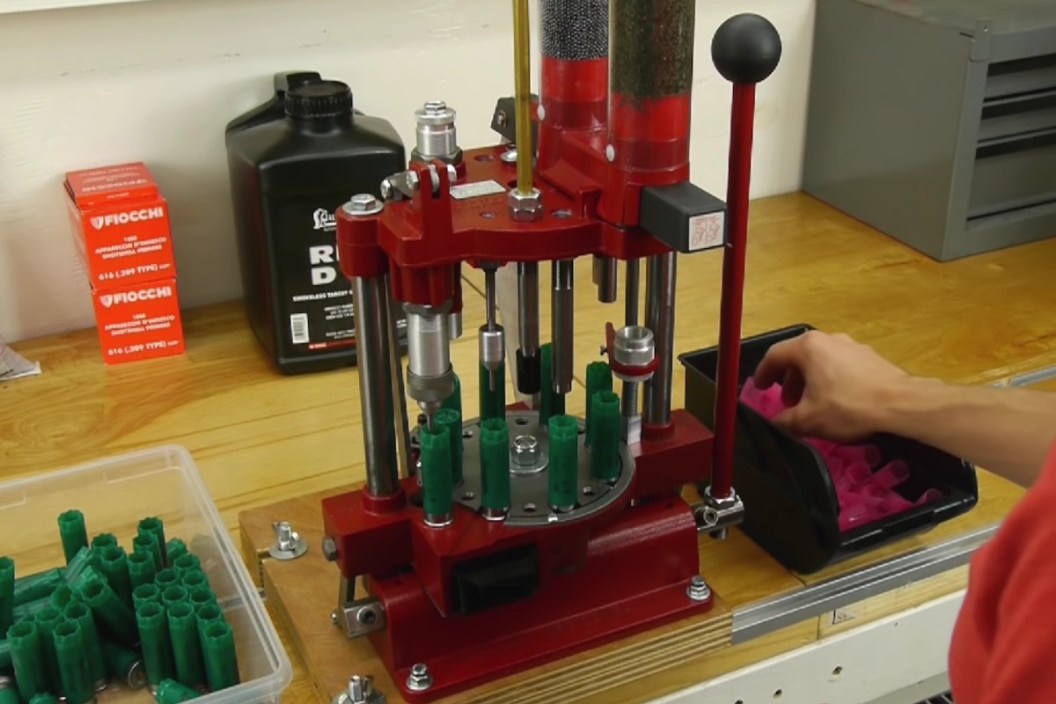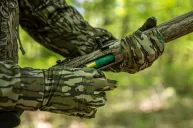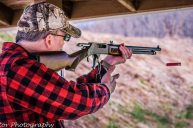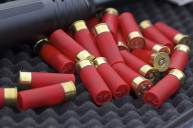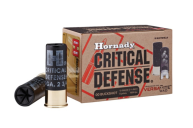Shotgun shell reloading is one of the tried and true ways to fill your scattergun with the load you've always wanted, and to save some money doing it. While you are waiting in line for the gun shop's meager weekly haul of new ammunition, other enterprising shooting enthusiasts are already filling their cart with wads, primers, and hulls. With all due respect to the manufacturers, ever since we discovered that we could reload, we haven't looked back. We've been too busy creating our own 12 gauge to 20-gauge loads, looking for the perfect round for our favorite shotgun. Whether you are an avid waterfowl hunter or a skeet shooter, you might just find that a comparable reloading system may just be the key for you to keep shooting longer and more often. Most shooters get into it to save money, but it is also a terrific pastime for anyone who shoots regularly. For those on the fence about diving into the world of reloading, you probably have a lot of questions. Is reloading worth it? How many times can you reload the hulls? (empty shells) And what powder is used to do it all? Fortunately, it's not as difficult as you might think. This is what you'll need to start handloading shotgun shells.
Is It Cheaper to Reload Shotgun Shells?
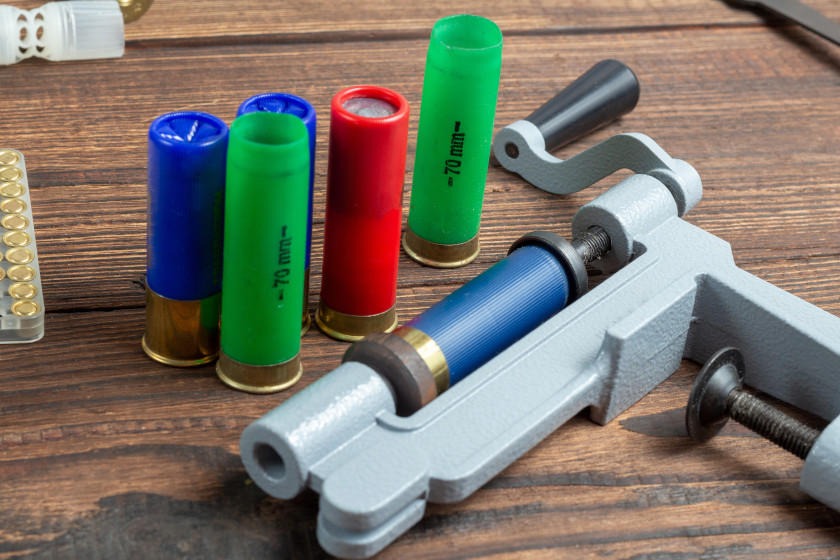
Getty Images: Vitalli Bezverkhii
The price for 50 pounds of lead 7-1/2 shot is roughly about $170. That is enough to make several hundred shotshells and is one of the most expensive components in the reloading process. Compare that to the price of a box of over-the-counter high-brass shells of similar make, such as the Winchester Super-X. Once you start doing comparisons, you can see that it can be worth the initial expense and effort Sure, you're still going to need shot, powder, and a reloading press, but which one of our pastimes didn't cost some money up front?
Honestly, you can reuse just about any old, spent shotgun shells, or you can buy them new. Shotgun hulls are not like reloading brass. You cannot use them an infinite number of times like you might a rifle casing. However, you can often get anywhere from two to ten uses out of a single hull before it gets too worn. It depends on the materials the hull is made from. Still, that's a significant cost savings over buying factory ammo every time.
Although, if you are serious about starting reloading, we recommend diving right in and reloading your rifle rounds too. Most of the major sporting goods outlets sell reloading supplies, so loaders and other materials are usually readily available. Anyone can do it with a little practice, but you're going to need to study the concept first. In fact, even though a reloading press is probably the best method for shotshells, (and the most efficient) reloading can be done "by hand" using the press free technique. Even the wad can be made by the recreational shooter, but we're getting ahead of ourselves a bit.
The Material Needs
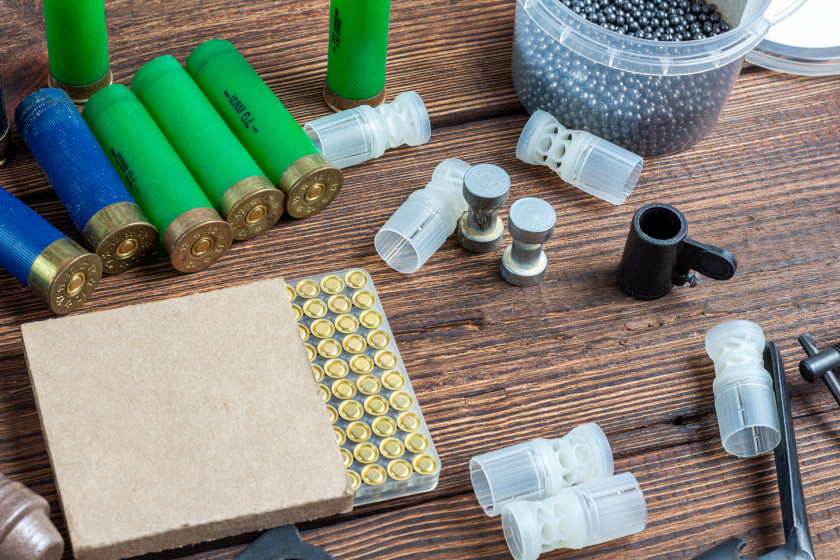
Getty Images: Vitalli Bezvekhii
As we already mentioned, you will need to invest in some things up front. But once you have the most important items, you're set. After that all you'll need to purchase are components and materials. At a bare minimum, you will need to pick up the following:
- Shotshell Reloading Press
- Smokeless Powder
- Powder measure
- Shells (hulls)
- Wads
- Primers
- Shot
- Reloading Manual
A quick word on safety here. Smokeless powders are meant to be used in shotguns, rifles, and handguns as the primary propellent. If they are used in muzzleloading firearms, they can cause serious injury or even death. Your muzzleloader will literally explode if you mix them up, so if you also own a muzzleloader, make sure the different types of powder are stored separately and are clearly marked. It's just common sense and will keep you safe.
For those unfamiliar with the other components, the wad refers to the part of the shell that separates the powder from the shot, which for many years was made from paper or cardboard. Today's wads are generally plastic. The primer is installed in the center of the brass on the back end of the shell. When fired it is then crushed by the hammer or firing pin which then detonates and ignites the powder charge. The best part is that many different shot sizes can be purchased by the reloader to create their own specific shotshell based on their needs, including lead, steel, and tungsten among others.
The Reloading Press
Here is just one example of a reloading press. The one in the video is considered the single stage type. It will reload 2-3/4" shells all the way up to 3" magnum shells. If you plan on reloading larger sized shells, you will need a machine that will perform this task. Read the fine print on the box carefully before buying. Progressive shotshell presses perform all the functions of a press at the same time where a single stage press needs the user to move the shell manually through each stage of the loading process: de-priming, priming, dropping the powder, the wad, and the shot, and then crimping the shell closed.
This video is a great look at just what a progressive shotshell press really does, and how simple it is to use. While some single stage presses are available at a reasonable price at under $100, other more sophisticated models can run you well over $1,000 with many good options in between. Like many things in life, you get what you pay for. The more you spend, the better press you're going to get in most cases, and the easier it will be to reload a lot of shells in a short time. Once you've decided on your familiar brand of powder, wads, and primers it is a simple task of loading it all into the press and letting the machine do the job.
Press Free Techniques
For those who simply do not have the budget for a lot of expensive reloading equipment, that does not mean you're out of luck. There are multiple techniques for "press free" reloading. The video above is just a quick example of how to do one using a simple "Lee loader" kit that can be found on eBay, often for less than $20. There are methods even cheaper than this that use like the nail and dowel method illustrated below.
The only downside to using press free techniques is they are not nearly as neat and efficient. It's going to take a lot longer to reload a hundred or more shotshells. However, if you have the time and the drive, this method will save some serious money and you'll feel less guilty about going through so much ammo at the range or while out hunting. No matter what method you choose, make sure the reloading manual comes into play. We highly recommend your first batches of reloads follow the manual's instructions precisely, no matter if it's slugs, birdshot or buckshot. Try not to experiment with your ammo until you have a solid understanding of exactly what's going on with each load of powder, wad, and shot type. Most malfunctions with reloaded shotgun shells seem to happen with new reloaders who tried to get creative too quickly and didn't know what they were doing.
The good news is reloading is only difficult the first few times you try it. With some practice, and a little trial and error involved, you'll be making your own shotgun shells like a pro.
Please check out my book "The Hunter's Way" from HarperCollins. Be sure to follow my webpage, or on Facebook and YouTube.
NEXT: DID YOU KNOW YOU COULD START AN OLD FIELD MARSHALL TRACTOR WITH A 12-GAUGE SHOTGUN SHELL?
